Universe and Space Science | Chapter 8 | 8th Science - Student Activities | 8th Science : Chapter 8 : Universe and Space Science
Chapter: 8th Science : Chapter 8 : Universe and Space Science
Student Activities
Activity 1
Make a model of a rocket using the low cost materials available to you. Also prepare an album of the rockets launched by India.
Activity 2
Take a balloon and blow air into it. Now let the air inside the balloon to come out. What do you observe? You can see the balloon moving in a direction opposite to the direction of the air. Rocket also moves almost similar to this.
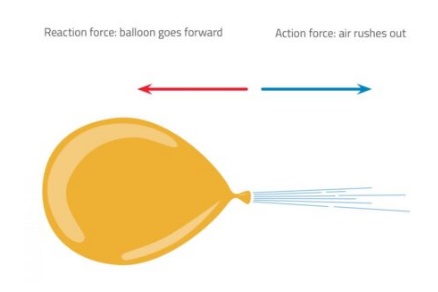
Activity 3
With the help of your teacher gather information about the achievements of India in space research. Prepare an album about the satellite programmes of India.
Activity 4
Gather information about the planets in the solar system. Can we reach all the planets in the solar system? Discuss in the class room.
Activity 5
Visit a library and gather more information about the achievements of Kalpana Chawla. Discuss why Kalpana Chawla is an inspiration to all of us.
Polar Satellite Launch Vehicl (PSLV) and Geosynchronous Satellite Launch Vehicle (GSLV) rockets are IndiaŌĆÖs popular rockets.
Rakesh Sharma, an Indian pilot from Punjab was selected as a ŌĆśCosmonautŌĆÖ in a joint space program between India and Soviet Russia and become the first Indian to enter into the space on 2nd April, 1984.
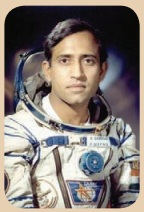
Kalam Sat is the worldŌĆÖs smallest satellite weighing only 64 gram. It was built by a team of high school students, led by Rifath Sharook, an 18 year old school student from ŌĆśPallapattiŌĆÖ nearKarur, Tamil Nadu. It was launched into the space on 22nd June 2017 by NASA.
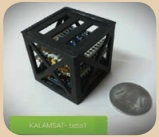
More to know
Mars is the fourth planet from the Sun. It is the second smallest planet in the solar system. Mars is called as the Red Planet because of its reddish colour. Iron Oxide present in its surface and also in its dusty atmosphere gives the reddish colour to that planet. Mars rotates about its own axis once in 24 hours 37 minutes. Mars revolves around the Sun once in 687 days. The rotational period and seasonal cycles of Mars are similar to that of the Earth. Astronomers are more curious in the exploration of Mars. So, they have sent many unmanned spacecrafts to study the planetŌĆÖs surface, climate, and geology.
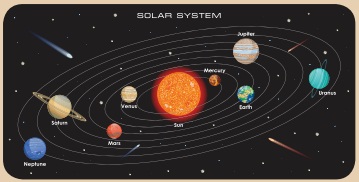
India became the first Asian country to reach Mars and the first nation in the world to achieve this in the first attempt. Soviet Space Program, NASA, and European Space Agency are the three other agencies that reached Mars before ISRO.
Know your Scientist Dr. Kailasa Vadivoo Sivan is the chairperson of the Indian Space Research Organization (ISRO). He was born in Sarakkalvilai, in Kanyakumari district of Tamil Nadu. Sivan graduated with a bachelorŌĆÖs degree in Aeronautical Engineering from Madras Institute of Technology in 1980. Then he got his masterŌĆÖs degree in Aerospace Engineering from Indian Institute of Science, Bangalore in 1982, and started working in ISRO. He completed his doctoral degree in Aerospace Engineering from Indian Institute of Technology, Bombay in 2006. He was appointed as Chairman of ISRO from 10th January 2018. Sivan is popularly known as the ŌĆśRocket ManŌĆÖ for his significant contribution to the development of cryogenic engines for IndiaŌĆÖs space programs. The ability of ŌĆśISROŌĆÖ to send 104 satellites in a single mission is a great example of his expertise.

More to know
The Moon is the only natural satellite of the Earth. It is at a mean distance of about 3,84,400 km from the Earth. Its diameter is 3,474 km. It has no atmosphere of its own. It doesnŌĆÖt have its own light, but it reflects the sunlight. The time period of rotation of the Moon about its own axis is equal to the time period of revolution around the Earth. ThatŌĆÖs why we are always seeing its one side alone.
The members present in the crew during the Man Landing Mission were Neil Armstrong, Buzz Aldrin and Michael Collins.
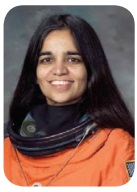
Related Topics